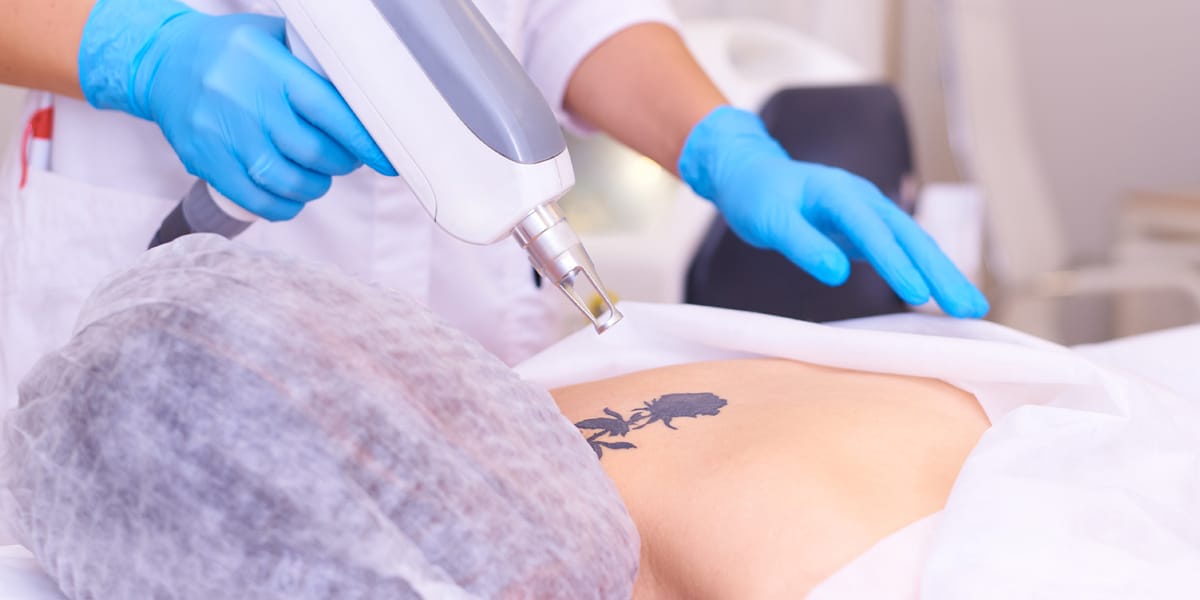The number of sessions required to remove a tattoo depends on several factors, including the size, color, and location of the tattoo, as well as the type of laser used and the individual's skin type and healing ability. In general, small, simple tattoos may require as few as 2-3 sessions, while larger, complex tattoos may require up to 10 or more sessions. It is best to consult with a tattoo removal specialist to determine the number of sessions needed for a specific tattoo.
Can a Tattoo be Removed in One Session?
In some cases, a tattoo may be able to be removed in one session. However, this is typically only possible for small, simple tattoos with a single color and no shading or depth. Larger, more complex tattoos with multiple colors and shading may require several sessions to fully remove. It is best to consult with a tattoo removal specialist to determine the number of sessions needed for a specific tattoo.
Factors That Affect the Number of Sessions
The number of sessions required to remove a tattoo can be affected by several factors, including:
- Size and complexity of the tattoo: Larger, more complex tattoos with multiple colors and shading may require more sessions to fully remove.
- Location of the tattoo: Tattoos on certain parts of the body, such as the hands, feet, and face, may be more difficult to remove and may require more sessions.
- Type of laser used: Different types of lasers are used for tattoo removal, and some may be more effective than others for certain tattoos.
- Skin type and healing ability: Individual differences in skin type and healing ability can affect the number of sessions needed to remove a tattoo.
- Age of the tattoo: Older tattoos may be easier to remove than newer tattoos, as the ink tends to fade over time.
It is best to consult with a tattoo removal specialist to determine the number of sessions needed for a specific tattoo.
Pico Laser vs Q-Switched
Pico laser and Q-switched lasers are both commonly used for tattoo removal. Pico lasers use ultra-short pulses of light to break up the tattoo ink, while Q-switched lasers use longer pulses of light.
Pico lasers are typically more effective for removing tattoos with multiple colors and complex designs, as they can target the different colors of ink more accurately. They are also less likely to cause scarring or other side effects.
Q-switched lasers are generally more effective for removing black and blue inks, and are often used on larger tattoos. They can also be used to treat other skin conditions, such as pigmentation and melasma.
Both types of lasers can be effective for tattoo removal, and the best option for a specific tattoo will depend on the size, color, and location of the tattoo, as well as the individual's skin type and healing ability. It is best to consult with a tattoo removal specialist to determine the most suitable laser for a specific tattoo.


No comments yet